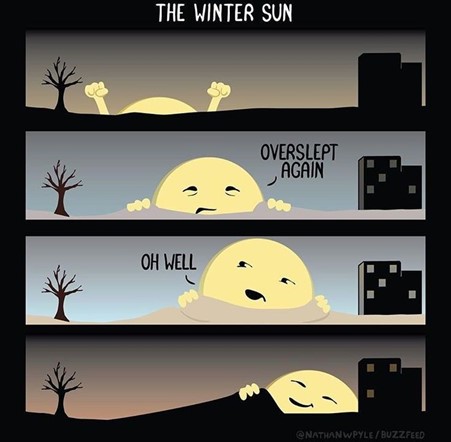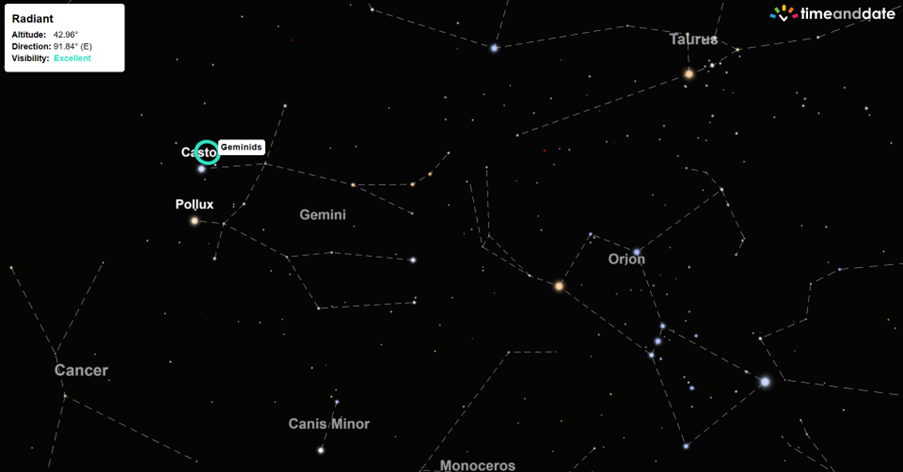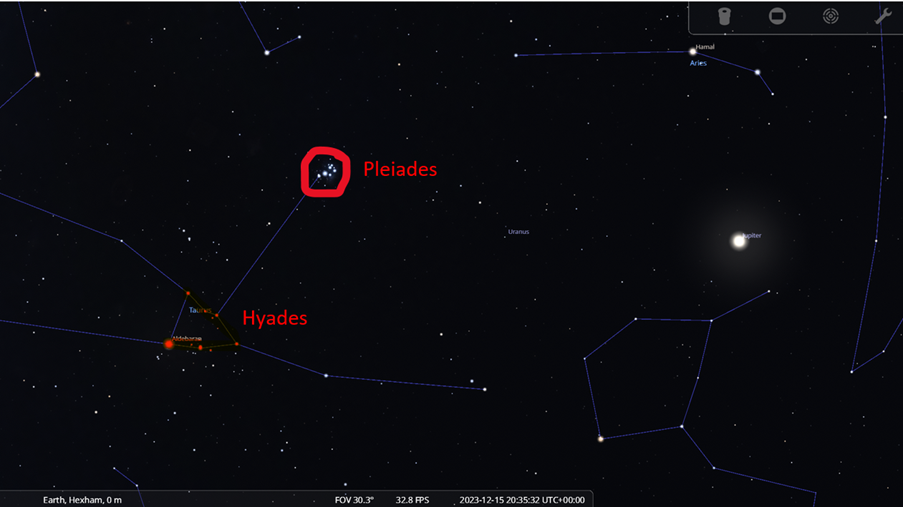What’s up December 2023
It’s the darkest month of the year! This month the Sun only rises at 8:06 (from the latitude of Newcastle) and sets by 15:43 on December 1st, but by the end of the month its 8:31 and 15:47, so as you can see from the times the sun is beginning to set later, if only by 4 minutes. It is rising later too but for the last week in December so are most of us as well! So, let’s see what we’ve got in store this month.
Winter Solstice:
Friday 22nd December 2023 marks the shortest day of the year and the first day of Winter- yes that's right folks. Winter doesn't start until 22nd December. Though I think we can agree it's quite wintery already and I am writing to you from November. On the Winter Solstice the Sun is barely up before it goes back to sleep again. It rises at 8:29 and gets to 12 degrees above the northern horizon at 12:04 before setting at 15:40. Only 7 hours and 10 minutes of daylight, which is a whopping 10 hours 12 minutes shorter than the summer solstice.

Meteor showers:
Geminid’s peak 15th-16th December:
Gemini, the constellation from which this shower emanates from, crosses the horizon by 17:30 so you don’t even have to stay up late for this one! Pack a lot of blankets and an astronomer’s best friend: a flask of hot chocolate! This shower is one of the better one, with an average of 100+ meteors per hour. Fun fact about this shower is it does not emanate from a comet like other meteor showers (See our previous What’s up posts for more on that!) but instead this shower is caused by an Asteroid, called 3200 Patheon. Asteroids are remnants of rock from the formation of the inner solar system that missed getting picked to be a part of Planet, and orbit the Sun in a fairly circular regular orbit, in 3200 Patheon’s case 1.4 years to orbit the Sun. This is opposed to Comets which originate from the outer reaches of the Solar system and can take hundreds of years to complete their very elliptical orbits of the solar system.

Figure 1. Diagram of the Radiant point of the Geminids in the pre-midnight sky. Gemini sits to the left of Orion, the easiest constellation to spot in that region of the sky.
Constellations:
Let’s have a focus on Tauris, the Bull who graces our skies for much of the night over the month and is home to not 1 but 2 stellar clusters, both very visible and accentuated by the fact they line up nicely with Jupiter as well right now.
The Hyades and the Pleiades, both situated in the constellation Taurus, offer intriguing celestial insights. The Hyades, the nearest open cluster at approximately 153 light-years from Earth, forms a roughly spherical group of stars sharing common age, origin, chemical characteristics, and motion through space. Its brightest stars create a distinctive "V" shape, aligning with the nearby but unrelated Aldebaran, which is situated about 65 light-years away. The V shape makes up the face of the Bull. On the other hand, the Pleiades, located about 444 light-years away, is a prominent open star cluster consisting of hot, younger stars born from the same cosmic cloud of gas and dust. The Pleiades showcase not only a shared birthplace but also similar motion through space, adding to their allure in the Taurus constellation. Their position and extra luminous glow grant them the nickname “heart of the Bull”. These clusters contribute significantly to our understanding of stellar evolution and the dynamics of cosmic structures in the universe, and they are just so pretty to look at.

Figure 2: The night sky facing southeast mid-December with highlighted Stellar cluster.
Planets:
With it being so dark in the mornings now Venus is a sure spot in the morning Eastern sky, given the nickname the morning star as since it is the brightest object in the sky (Bar eventually the rising Sun). However, it is not a star but the planet Venus you are spotting.
Jupiter is in prime position throughout the night over the course of the Month as show in the previous picture. Saturn is about a wide hand spread preceding it going towards the west but get out early in the month to see it as it will be getting and further west earlier and earlier until it is engulfed by the daylight and the horizon.
Neptune sits midway between Saturn and Jupiter, and Uranus sits between Jupiter and the Pleiades, but you need binoculars or a telescope to spot those little blue dots.
Moon Phases:
5th: Half Moon
12th: New Moon
19th: Half Moon
27th: Full Moon
Clears Skies and Happy Stargazing!
















